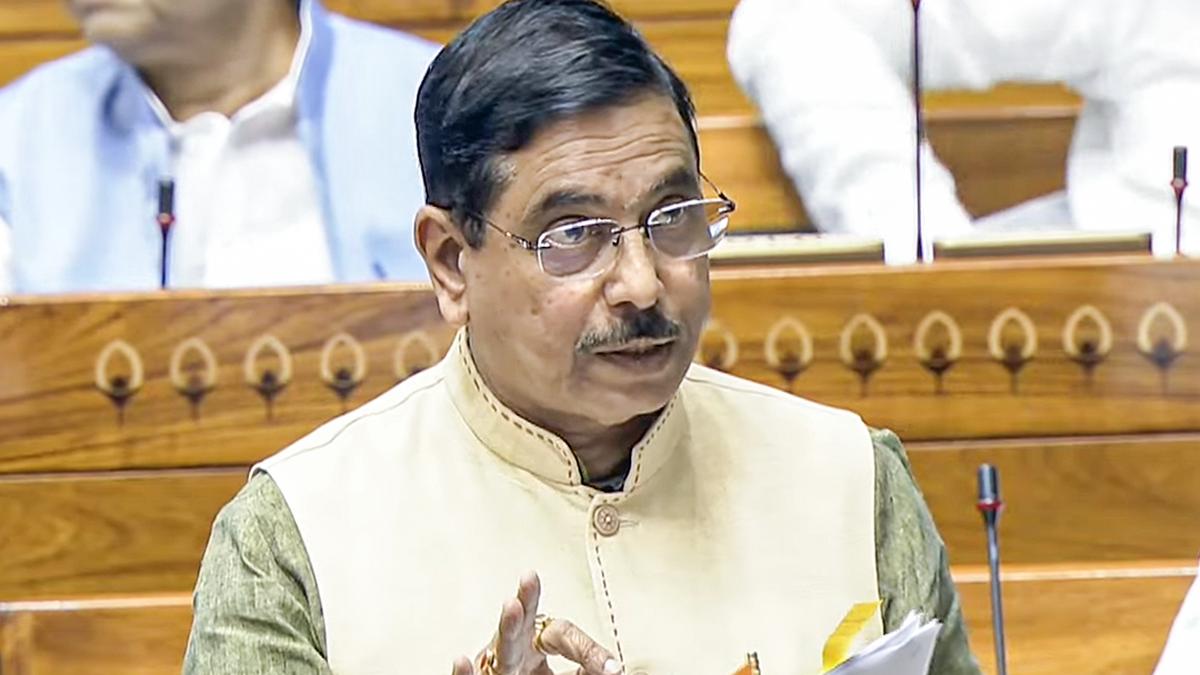Now Reading: PM Modi to Launch Namma Metro Yellow Line, Kickstart Phase 3 Work on August 10
-
01
PM Modi to Launch Namma Metro Yellow Line, Kickstart Phase 3 Work on August 10
PM Modi to Launch Namma Metro Yellow Line, Kickstart Phase 3 Work on August 10
Swift Summary
- Event: Prime Minister Modi will inaugurate the Yellow Line of Namma Metro and lay the foundation stone for Metro Phase 3 (Orange Line) on august 10.
- Metro Phase 3 Details: covers 44.65 km at a cost of ₹15,611 crore; expected to benefit nearly 25 lakh people in Bengaluru south.
- Yellow Line Details:
– Length: 19.15 km; connects R.V. Road to Bommasandra in South Bengaluru.- Cost: ₹5,056.99 crore with major stations like BTM Layout, silk Board, Electronics City, and Hebbagodi.
– Built by Bangalore Metro rail Corporation Limited (BMRCL). Civil works began in 2017 but finished only in early 2024 due to delays caused by late train set arrivals.
- Operational Updates:
– Initially planned for phased opening of seven stations but all sixteen stations will now be operational from launch day using three driverless trains running at intervals of every 25 minutes.
– Fourth train set dispatched and undergoing safety checks after arrival; full capacity operations with up to fifteen trains expected by next year.
– Safety clearance received from Commissioner of Metro Railway Safety ahead of inauguration.
- Train Supply Challenges: Original supplier was banned post-Galwan standoff (2020); collaboration with Titagarh Rail Systems Limited overcame this hurdle.
Photo Credit: K.Murali Kumar
Indian Opinion Analysis
The inauguration and foundation stone laying ceremonies mark an critically important milestone for urban growth projects aimed at addressing Bengaluru’s notorious traffic issues. The integration of the Yellow Line into the city’s transport system is likely to substantially reduce congestion along heavily trafficked areas such as Hosur Road and Silk Board Junction.However, recurring construction delays highlight structural inefficiencies within large infrastructure projects-further complicated here by geopolitical shifts following strained relations with china after the Galwan border incident. This case underscores India’s growing reliance on domestic industries like Titagarh Rail Systems Limited for strategic sectors such as transportation equipment manufacturing.While immediate benefits are restricted due to partial operational capacity initially (only three driverless trains), long-term improvements depend heavily on scaling operations efficiently over the coming year.Link for more details: https://www.thehindu.com/theme/images/th-online/

























